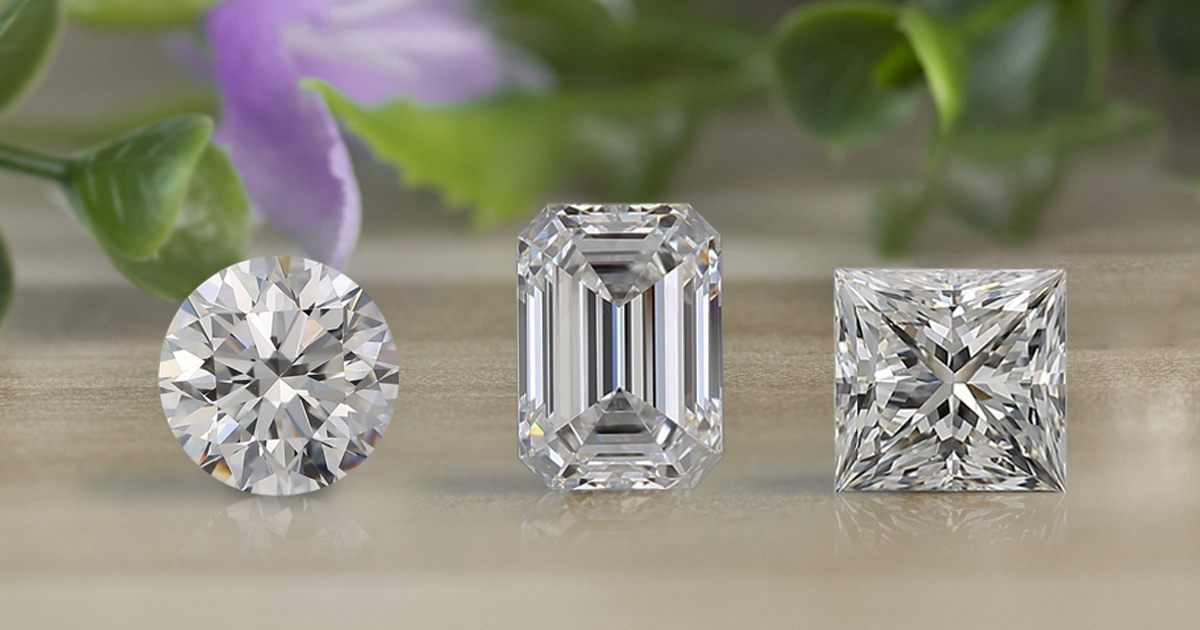Why are Lab Grown Diamonds Better, we often picture sparkling engagement rings, timeless jewelry, and a symbol of luxury. But there’s a new trend in the world of diamonds that’s gaining momentum: lab-grown diamonds. They might look identical to natural diamonds, but they offer a host of advantages. In this article, we’ll explore why lab-grown diamonds are better and why they’re becoming increasingly popular.
Table of Contents
Introduction: The Diamond Dilemma
Diamonds have always been associated with glamour and wealth. But the diamond industry has a less glamorous side, with concerns about ethical sourcing, environmental impact, and conflict diamonds. So, the question arises: Are lab-grown diamonds a better alternative? Let’s dive in to find out.
What Are Lab Grown Diamonds?
Lab-grown diamonds, also known as synthetic diamonds, are created in controlled environments using advanced technology. This process mimics the conditions under which natural diamonds form deep within the Earth, resulting in a gem that is chemically, physically, and optically identical to its natural counterpart. The key difference? Lab-grown diamonds are made in weeks or months, not millions of years.
Environmental Impact
One of the significant reasons lab-grown diamonds are better is their reduced environmental impact. Traditional diamond mining involves large-scale excavation, deforestation, and water pollution. In contrast, lab-grown diamonds require significantly less energy and water. They also don’t leave behind the massive scars on the landscape that mining does.
A popular analogy is comparing lab diamonds mining to deforestation. Lab-grown diamonds are like a sustainable forest, cultivated carefully with minimal impact on the surroundings. Traditional diamond mining is more like clear-cutting, leaving behind a barren landscape.
Ethical Considerations
Another critical advantage of lab-grown diamonds is that they are free from the ethical concerns associated with “blood diamonds.” Blood diamonds are natural diamonds mined in war zones and sold to finance armed conflict. Although there are certification systems to combat this, the risk of buying a blood diamond remains. With lab-grown diamonds, you have peace of mind knowing that your gem hasn’t contributed to violence or human rights abuses.
Quality and Value
Lab-grown diamonds are not just better for the environment and ethically sound; they’re also excellent in terms of quality and value. These diamonds are graded using the same criteria as natural diamonds—cut, color, clarity, and carat. Because they are produced in a controlled environment, lab-grown diamonds often have fewer imperfections and are of higher quality.
Additionally, lab-grown diamonds are generally less expensive than natural diamonds. This means you can get a larger, higher-quality stone for the same price as a smaller natural diamond. It’s like getting a luxury car with all the extras for the price of a standard model.
Fashion and Innovation
Lab-grown diamonds are leading a new wave of innovation in the jewelry industry. Designers are exploring new shapes, sizes, and settings, creating unique and stunning pieces that might not be possible with natural diamonds. This innovation drives the jewelry market forward, giving consumers more options and better value.
Conclusion: The Diamond of the Future
As we have seen, lab-grown diamonds offer numerous benefits over natural diamonds, from reduced environmental impact to ethical sourcing, better quality, and value for money. They are an attractive option for those who want a beautiful diamond without the ethical and environmental baggage.
So, are lab-grown diamonds the diamond of the future? It certainly seems so. With the jewelry industry embracing them and consumers seeking more sustainable and ethical options, lab-grown diamonds are here to stay. They bring sparkle to our lives without tarnishing our conscience—a perfect balance for the modern world.
